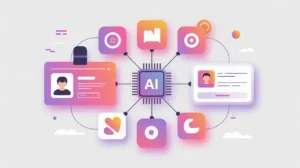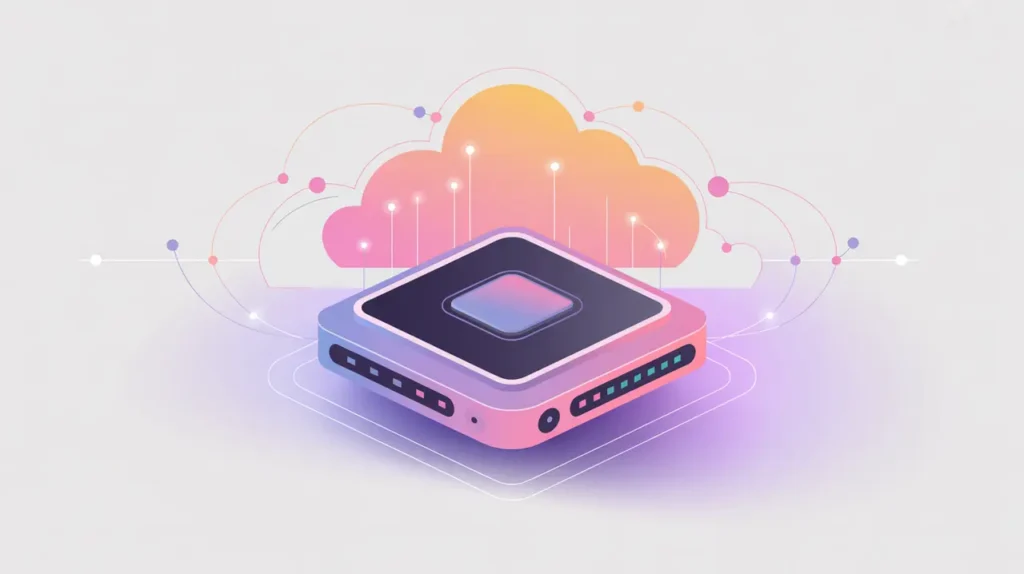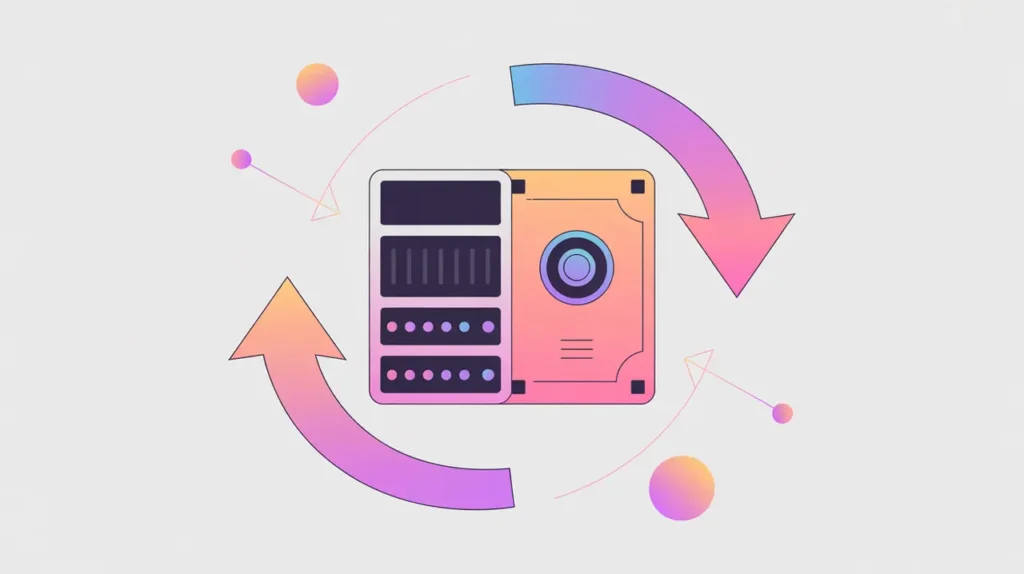Importance of Model Serving and Endpoints
Model serving and endpoints are the mechanisms that make trained Artificial Intelligence models accessible for real-world use. Model serving refers to the deployment of models in production so they can handle incoming requests, while endpoints are the interfaces (often APIs) that allow applications or users to interact with those models. Their importance today lies in the transition from experimentation to deployment, where the real value of AI is realized.
For social innovation and international development, model serving and endpoints matter because they turn advanced AI systems into usable tools for practitioners, communities, and institutions. Without accessible endpoints, even the best-trained models remain confined to research labs. Serving models in ways that are scalable, secure, and cost-effective ensures they can reach the contexts where they are needed most.
Definition and Key Features
Model serving involves packaging a trained model, setting up infrastructure for inference, and ensuring the system can scale to handle requests. Endpoints are typically exposed as APIs that accept input, pass it through the model, and return predictions or outputs. Cloud platforms provide managed services for this, while on-premises or edge solutions are used when internet access is limited.
It is not the same as training, which prepares the model, nor is it equivalent to embedding models directly into applications without flexibility. Serving and endpoints allow models to remain independent services that can be updated, monitored, and reused across multiple systems. This design ensures interoperability and control.
How this Works in Practice
In practice, model serving requires orchestration tools to manage scaling, load balancing, and monitoring. Endpoints can be synchronous for real-time predictions or asynchronous for large jobs that return results later. Security measures, such as authentication and rate limiting, are critical to prevent misuse and protect sensitive data. Logging and monitoring provide transparency, allowing teams to track model performance and detect drift or anomalies.
Challenges include cost, latency, and integration complexity. Lightweight models may be served at the edge for speed, while heavier models may require centralized servers. Choosing the right infrastructure depends on balancing performance needs with available resources. A well-structured serving architecture makes AI both usable and sustainable in practice.
Implications for Social Innovators
Model serving and endpoints enable mission-driven organizations to embed AI into daily workflows. Health systems use endpoints to access diagnostic models through mobile apps in clinics. Education platforms rely on them to personalize learning for students in real time. Humanitarian agencies call model endpoints to analyze crisis reports, images, or sensor data during emergency response.
By operationalizing AI through serving and endpoints, organizations ensure that models become practical tools, connecting advanced capabilities to the realities of fieldwork and community impact.







